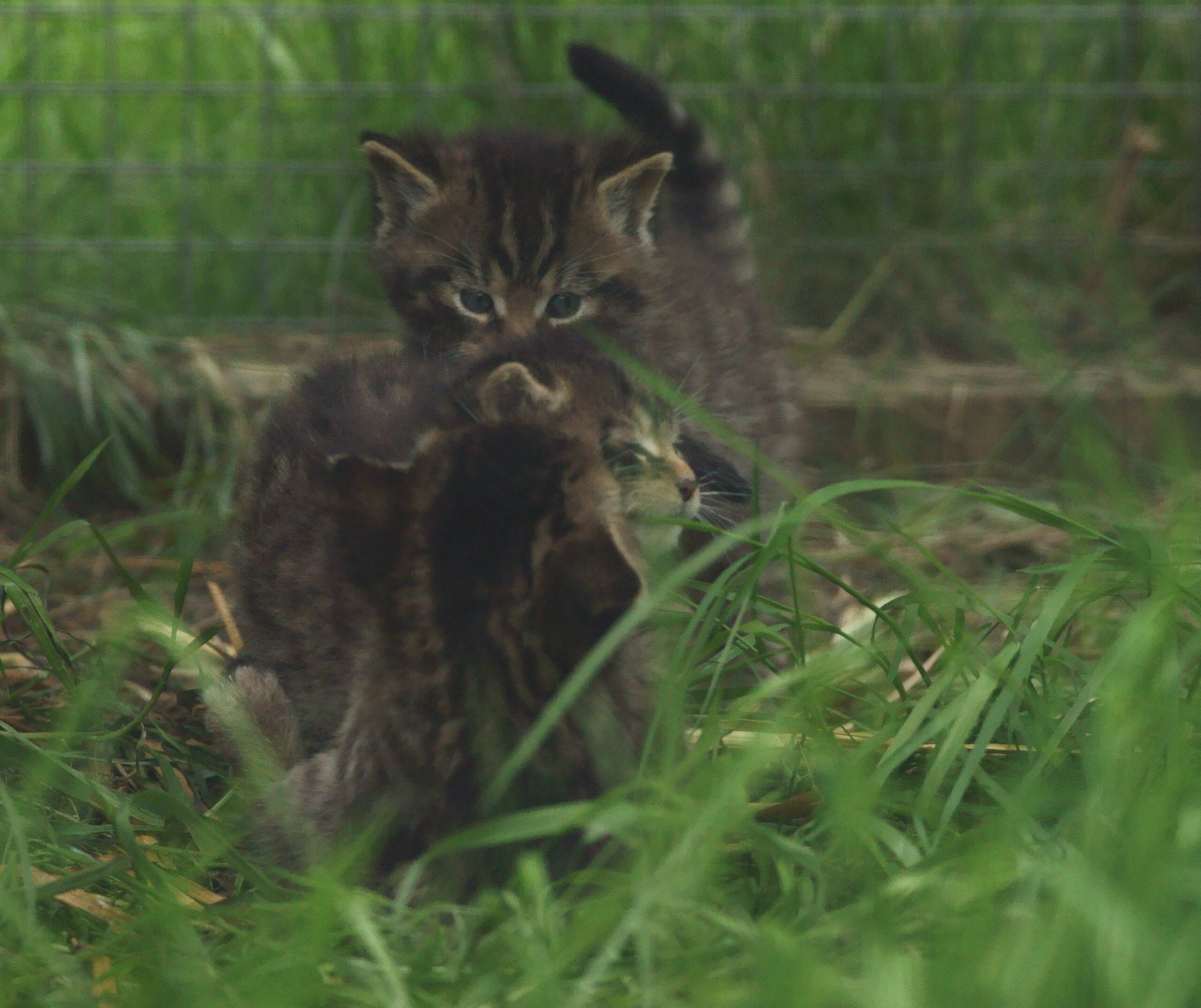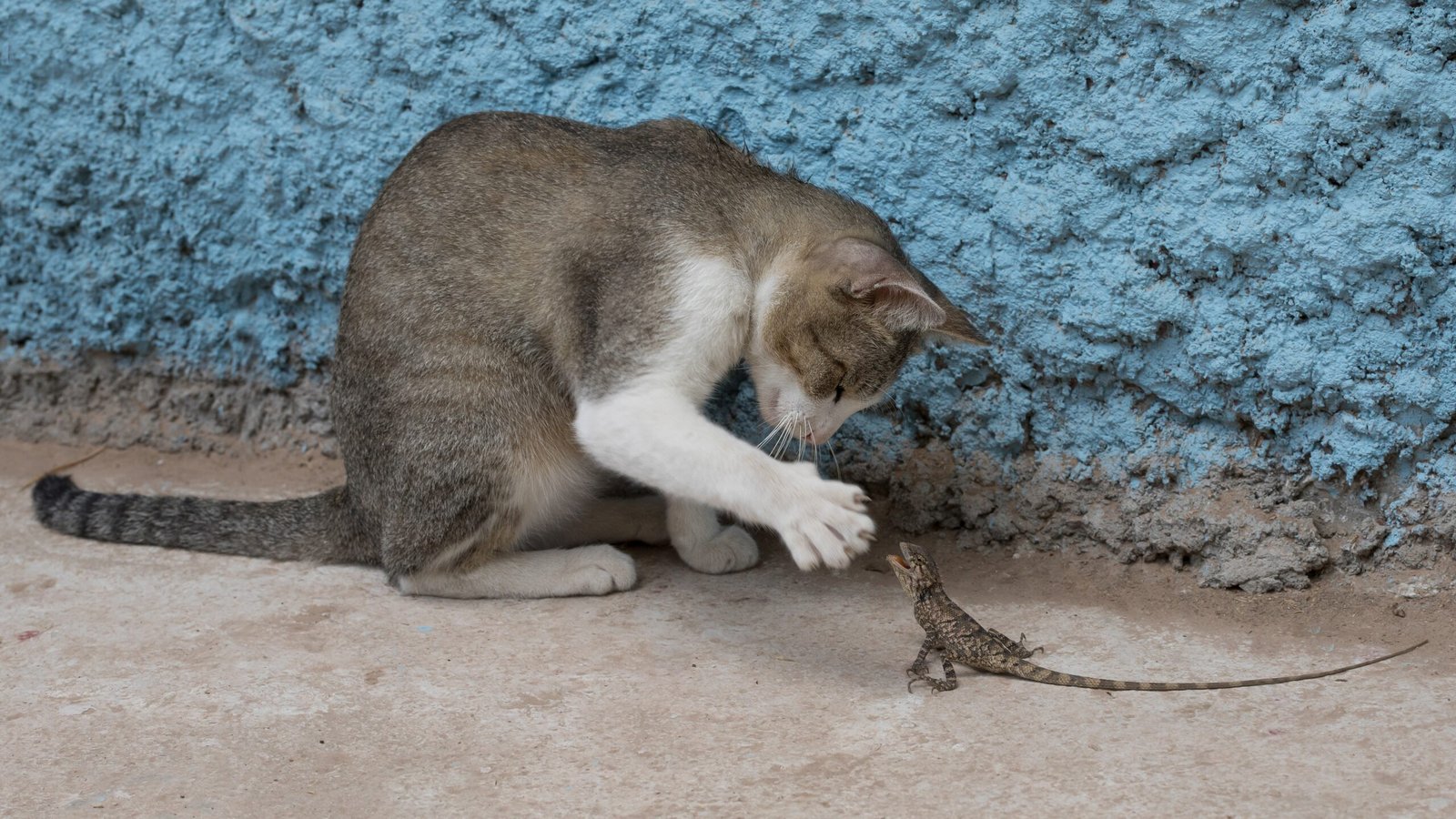Welcoming a new person into your life is an exciting time, but for your feline friend, it can be a bit daunting. Cats are creatures of habit and routine, and sudden changes in their environment can lead to stress and anxiety. Whether it’s a new partner moving in or a roommate joining your household, it’s important to handle the introduction with care to ensure a smooth transition for everyone involved, especially your furry companion. Let’s explore how to make this process as comfortable as possible for your cat.
Understanding Your Cat’s Behavior

Cats are known for their independent nature, but they are also territorial creatures. When a new person enters their space, it can feel like an invasion. It’s crucial to understand that cats rely heavily on scent and familiarity to feel secure. Changes can lead to confusion and stress, which may manifest in behaviors like hiding, hissing, or even aggression. Observing your cat’s behavior and understanding their cues can help you navigate this transition with empathy and patience.
Setting Up a Safe Space

Before introducing your new partner or roommate, create a safe haven for your cat. This could be a room or a cozy corner with their favorite bed, toys, and litter box. This space should be off-limits to the new person initially, allowing your cat to retreat whenever they feel overwhelmed. Think of it as their personal sanctuary where they can recharge and feel secure. This small gesture can go a long way in easing their anxiety and promoting a sense of safety.
Gradual Introductions

Patience is key when introducing your cat to a new person. Gradual introductions can help your cat adjust to the new presence without feeling threatened. Start by having your partner or roommate spend time in a different room, allowing your cat to get used to their scent and sounds. Gradually increase their interaction, letting your cat approach at their own pace. Remember, slow and steady wins the race when it comes to gaining a cat’s trust.
Using Positive Reinforcement
Positive reinforcement can be an effective tool in helping your cat associate the new person with positive experiences. Reward your cat with treats, affection, or playtime whenever they exhibit calm or friendly behavior around the new addition. This method can encourage your cat to view the new person as a source of positive interactions. It’s like rewarding a child for good behavior, which builds a positive association with the experience.
Introducing Shared Spaces

Once your cat seems comfortable with the idea of a new person, it’s time to introduce shared spaces. Allow your partner or roommate to join you in common areas like the living room or kitchen. Encourage them to engage in activities that your cat enjoys, such as playing with toys or offering treats. This can help your cat associate the new person with fun and enjoyment, building a stronger bond over time.
Respecting Your Cat’s Boundaries

Respect is a two-way street, and it’s important to respect your cat’s boundaries during this transition. If your cat seems hesitant or fearful, give them space and time to adjust. Avoid forcing interactions or overwhelming them with attention. Just like humans, cats need their personal space to feel comfortable and safe. Allowing them to set the pace for interactions can foster a sense of trust and security.
Communicating with Your New Roommate or Partner

Open communication with your new partner or roommate is essential. Discuss your cat’s personality, likes, and dislikes to help them understand how to interact with your feline friend. Encourage them to be patient and gentle, and share any helpful tips or tricks that have worked for you in the past. This collaboration can create a harmonious environment for everyone involved, ensuring that your cat feels supported and understood.
Monitoring Your Cat’s Health

Stress from changes in the household can impact your cat’s health. Keep an eye on their eating habits, litter box usage, and overall behavior. Any significant changes could be a sign of stress or anxiety. If you notice anything concerning, consult your veterinarian for advice. It’s like keeping a watchful eye on a child’s health during a big life change, ensuring they remain happy and healthy.
Creating a Routine
Cats thrive on routine, and maintaining a consistent schedule can provide a sense of normalcy during this transition. Keep feeding times, play sessions, and bedtime consistent. This stability can help your cat feel more secure and less anxious about the changes in their environment. Think of it as sticking to a daily schedule that helps a child feel safe and grounded in their day-to-day life.
Engaging in Interactive Play

Interactive play is a great way to strengthen the bond between your cat and the new person. Encourage your partner or roommate to engage in playtime with your cat using toys they enjoy. This interaction can help your cat see the new person as a friend and playmate, building a positive association. It’s a bit like a parent playing games with a child to build a strong and loving relationship.
Using Scent to Build Familiarity

Scent is a powerful tool in helping cats adjust to new people. Have your partner or roommate leave an item of clothing or a blanket with their scent in your cat’s safe space. This can help your cat become accustomed to their scent in a non-threatening way. It’s similar to how a familiar scent can evoke feelings of comfort and nostalgia for humans.
Ensuring Your Cat’s Comfort

Your cat’s comfort should be a top priority during this transition. Ensure they have access to their favorite spots, toys, and scratching posts. Keep their routine as normal as possible and provide plenty of affection and reassurance. Just like a child needs comfort and security during a big change, your cat needs the same level of care and attention.
Building Trust Over Time

Trust is not built overnight, and it’s important to give your cat time to adjust to the new person. Encourage your partner or roommate to be patient and understanding, allowing your cat to approach them on their terms. Building trust is like nurturing a plant; it requires time, patience, and care to grow and flourish.
Recognizing Signs of Stress

Understanding and recognizing signs of stress in your cat can help you address any issues early on. Look for behaviors like excessive grooming, changes in appetite, or withdrawal. These could indicate that your cat is struggling with the transition. Addressing these signs promptly can help prevent long-term stress and ensure a smoother adjustment for your feline friend.
Using Calming Aids

Consider using calming aids to help your cat relax during this transition. Products like pheromone diffusers or calming sprays can create a soothing environment for your cat. These aids can be particularly helpful in reducing stress and anxiety, making the introduction process smoother for everyone involved. It’s like using a nightlight to soothe a child afraid of the dark.
Encouraging Interaction Through Feeding

Feeding time can be an excellent opportunity for your new partner or roommate to bond with your cat. Encourage them to offer treats or feed your cat their meals. This interaction can create positive associations and help your cat feel more comfortable around the new person. It’s similar to sharing a meal with someone to build a connection and strengthen relationships.
Using Cat-Friendly Body Language

Body language plays a crucial role in how cats perceive humans. Encourage your partner or roommate to use cat-friendly body language, such as slow blinking or gentle movements. This can help your cat feel more at ease and less threatened. It’s like using a gentle tone of voice to reassure a nervous child, creating a calming and welcoming atmosphere.
Celebrating Small Successes

Every small step towards a successful introduction should be celebrated. Whether it’s your cat approaching the new person for the first time or calmly sitting in the same room, these moments are important milestones. Celebrate these successes with praise and positive reinforcement, encouraging your cat to continue building their confidence and trust. It’s like applauding a child’s achievements, no matter how small, to boost their self-esteem.
Maintaining Patience and Perseverance
Patience and perseverance are essential during this adjustment period. Remember that every cat is unique, and the time it takes for them to feel comfortable with a new person can vary. Stay committed to supporting your cat through this transition, and be patient as they navigate these changes. It’s like helping a friend through a difficult time, offering support and understanding every step of the way.
Conclusion
Introducing your cat to a new partner or roommate is a journey that requires time, patience, and understanding. By following these steps and respecting your cat’s boundaries, you can create a harmonious and welcoming environment for everyone involved. Remember, the key is to take it slow and allow your cat to set the pace. With love and patience, your feline friend will eventually embrace the new addition to your household, enriching your lives with their companionship and affection.
Hi, I’m Bola, a passionate writer and creative strategist with a knack for crafting compelling content that educates, inspires, and connects. Over the years, I’ve honed my skills across various writing fields, including content creation, copywriting, online course development, and video scriptwriting.
When I’m not at my desk, you’ll find me exploring new ideas, reading books, or brainstorming creative ways to solve challenges. I believe that words have the power to transform, and I’m here to help you leverage that power for success.
Thanks for stopping by, Keep coming to this website to checkout new articles form me. You’d always love it!






